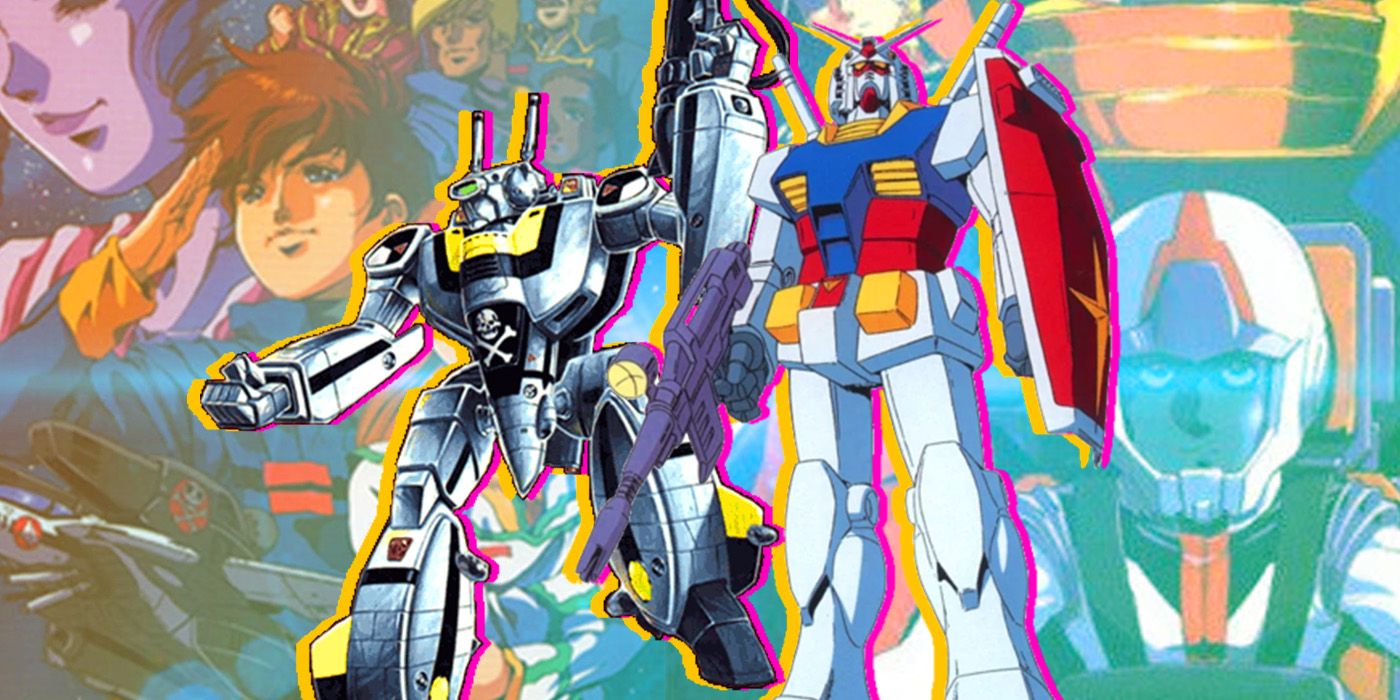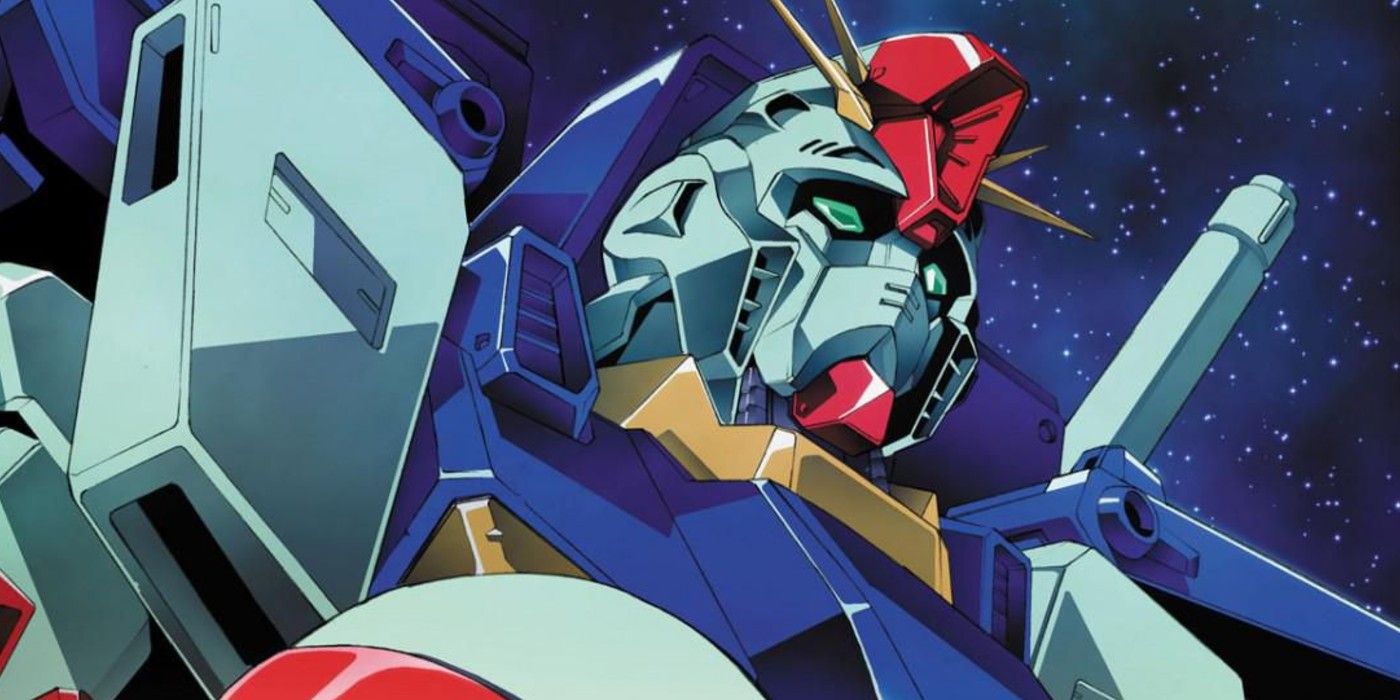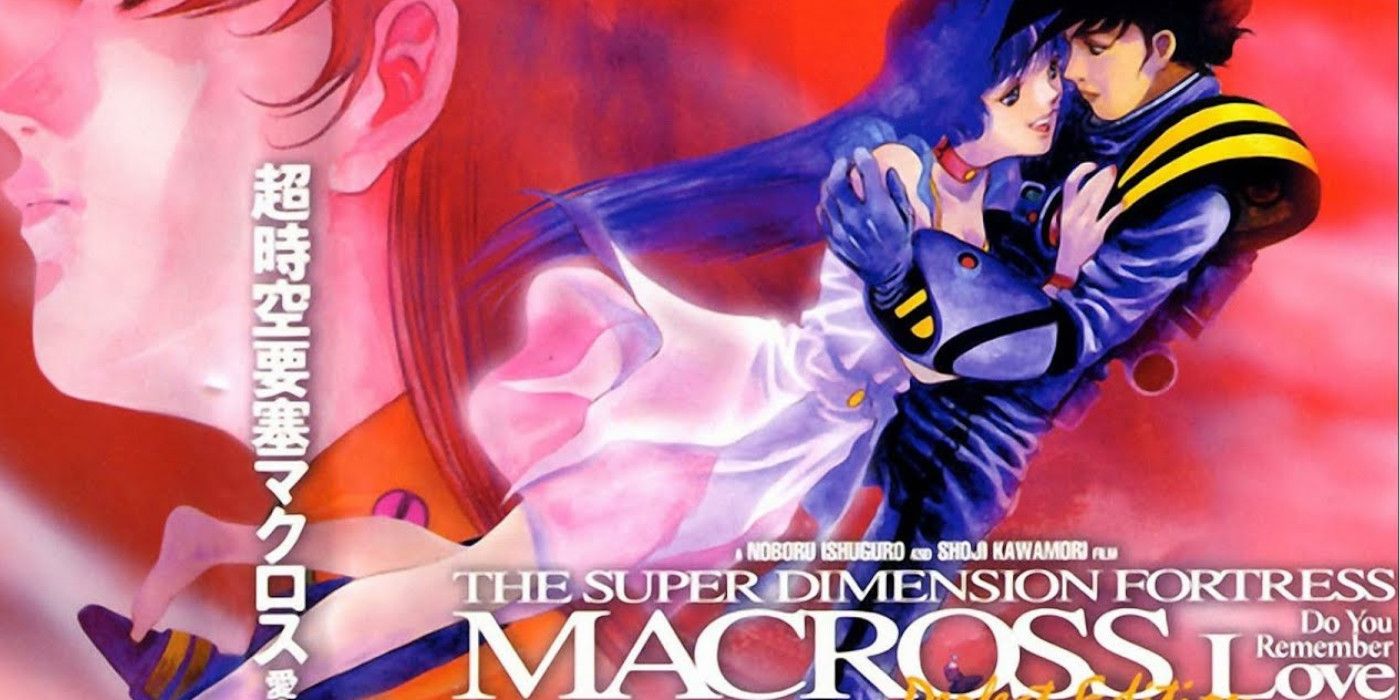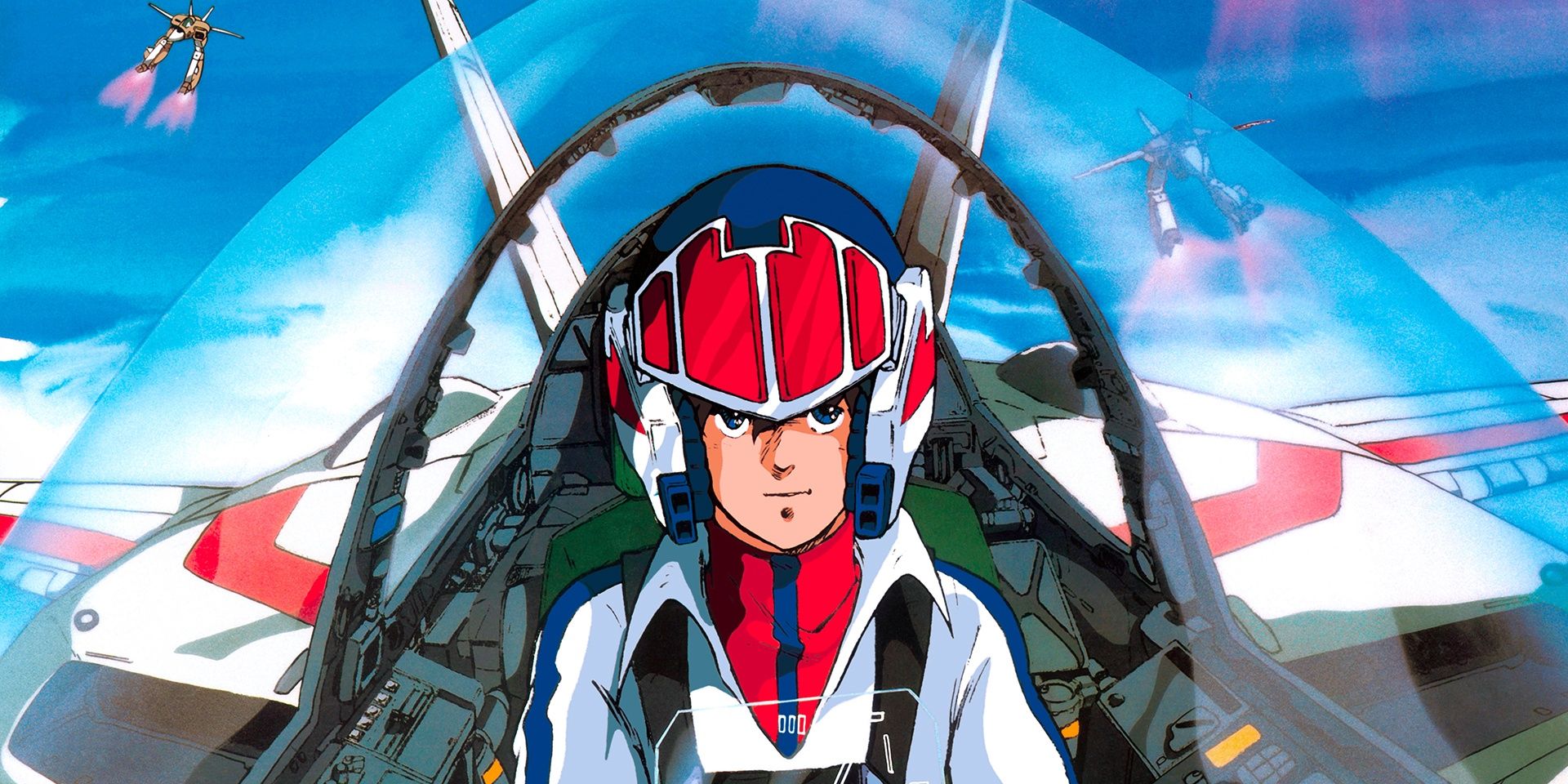In the world of mecha anime, manga and action figures, there's no bigger franchise in Japan than the Mobile Suit Gundam series. Beginning in 1979, this multimedia giant is seen as the Japanese equivalent of Star Wars, and the genesis of the "Real Robot" subgenre of anime. Though not as well known, Macross is definitely an iconic mecha series in its own right. Beyond its own franchise it, in some way or another, has also affected and created several others. Here's a look at both franchise's origins, as well as the major differences that separate these somewhat similar anime classics.
Gundam
The Gundam franchise began in 1979 with the release of the original Mobile Suit Gundam anime. This series, unlike the cartoony, formulaic "Super Robot" anime that dominated the genre at the time, was a much more serious, gritty and epic affair. An ambient space opera, the original series told the story of warring colonies: the Earth Federation and the independence-seeking Principality of Zeon. Battles were fought by soldiers piloting giant, robotic armors called Mobile Suits. The teenage protagonist, Amuro Ray, was a young mechanic that'd pilot the now-iconic RX-78 Mobile Suit. This series created most of the franchise's well-known tropes and general feel, including the serious tone, themes and designs. In the case of the latter, pretty much every main Mobile Suit in every new series is somewhat based off of the look of the RX-78.
This initial series would jumpstart the franchise's longest-running continuity: the Universal Century. This would be the timeline of the majority of the franchise, from early shows like Mobile Suit Zeta Gundam and Mobile Suit Gundam ZZ to more recent entries like Mobile Suit Gundam Unicorn and Mobile Suit Gundam Thunderbolt. However, there are various spinoffs in their own separate universes. For instance, Mobile Suit Gundam Wing and Mobile Suit Gundam 00 were more grounded, political shows set in their own worlds and Mobile Fighter G Gundam was an over-the-top Super Robot style series in the vain of shonen anime like Dragon Ball Z.
The Gundam SEED subseries is the most developed separate continuity, with its Cosmic Era getting two different shows and several spinoff manga. There are also more comical, light-hearted spinoffs like the various forms of SD Gundam, in which the suits are child-sized and irreverent sentient robots, as well as Gunpla Build Fighters, in which children battle with the real-life Gundam model figures.
Macross
Macross began in 1982 with Super Dimension Fortress Macross. In it, humanity reverse engineers an alien warship into the eponymous fortress Macross, and the interplanetary travel it affords catches the attention of an alien race known as the Zentradi. This leads to an all-out war, one in which humans are forced to use transforming battlecrafts called VF-1 Valkyrie units to face their gigantic opponents. The main character is Hikaru Ichiyo who, like Amuro Ray, develops from a young, inexperienced teenager to an accomplished soldier. Hikaru is involved in a complex love triangle with idol celebrity Lynn Minmay and Officer Misa Hayase. Lynn's music would appear throughout the series, and singing, in general, is a big part of the franchise.
Unlike Gundam which, despite focusing on the Universal Century timeline, has a number of separate continuities, Macross' entries are typically either sequels or re-tellings of the original series. Besides the original, the most popular series in the franchise is 2008's Macross Frontier. Set long after the original and featuring a space colonial cast of humans and Zentradi, the show's new threat was the insectoid Vajra. Though political intrigue and espionage pulled more focus than ever before, the series' music was equally as important, with songs like "Lion" and "Seikan Hikou" becoming incredibly popular even outside of the franchise's fandom.
The original show was the first part of the Super Dimension trilogy, along with Super Dimension Century Orguss and Super Dimension Cavalry Southern Cross. Despite their names, their stories aren't related in any way, and Super Dimension was merely a marketing tool by Japanese advertising agency Big West. Footage from the first Macross was also used to create the first part of the American series Robotech. The first part of this franchise, referred to as the "Macross Saga," redubbed the original storyline for American audiences. The Valkyrie unit's toy would also become Jetfire in the original Transformers toyline. Due to legal issues, however, the character's likeness was redesigned from the original look in the cartoon, where he was renamed Skyfire.
Gundam Vs. Macross: The Differences
In terms of differences, the Gundam franchise has a heavier focus on war and its moving parts, especially entries like The 08th MS Team and Thunderbolt. Macross, on the other hand, has more universal and optimistic themes focusing on the power of love, friendship and culture in the face of adversity. The series also touches on music, capitalism and celebrity culture, which made the franchise essential to the Vaporwave musical genre. This focus on music literally empowering the fighters in their desperate war is definitely a sharp contrast to the arguably more realistic Gundam. It also boasts a much greater emphasis on strong female characters, and women, in general, are more ubiquitous throughout Macross than in Gundam.
Whereas Gundam has a plethora of different designs and armored mobile suits, Macross has far less variety, with many of the protagonists simply piloting versions of the original VF-1. In fact, Americans will likely attribute said design more to Robotech, the series that supplanted Macross in the early days of anime crossing over. There have also been far fewer Macross projects than Gundam works, despite the former existing for nearly the same amount of time. Sadly, there is no new Macross anime currently airing, though a new series was announced in 2018 but has yet to release. There is, however, a Robotech comic book from Titan Press, as well as a planned three-part theatrical adaptation of the Mobile Suit Gundam: Hathaway's Flash novels coming sometime in the future.




